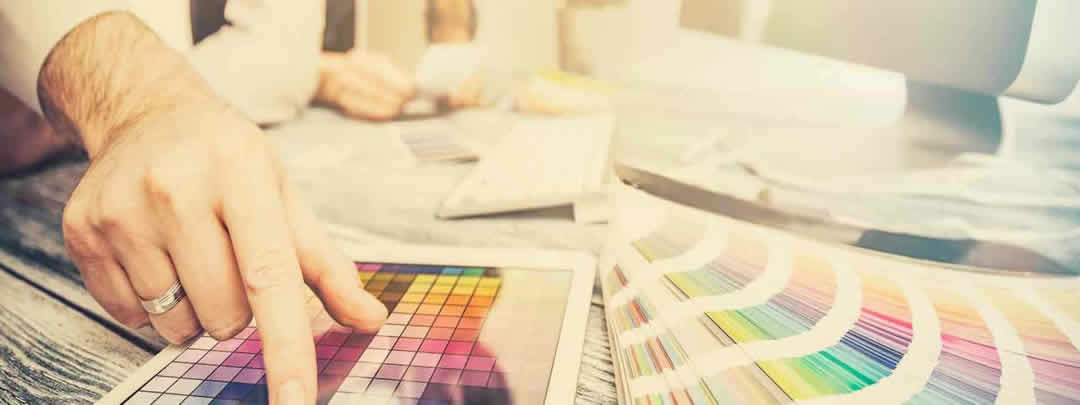The Ultimate Guide To Designing Awesome Digital Signage
Rich Archer Digital Designer
January 19, 2018
The medium changes, art remains.
The digital age has brought an untold number of new opportunities to artists. In the 1600’s an artist might sculpt clay or paint on large canvas. Today, some of the best artists are creating digital animations or designing apps.
Digital signage is one of those evolving mediums. It is an interesting mix of the traditional and the new age. While the concept of a sign is as old as civilization itself, a linked digital communications platform is something entirely new. Which means that if you’re reading this, you are working in somewhat uncharted territory.
Never fear!
The right designs are as aesthetically oriented as they are utilitarian. This necessity for form and function means that experienced professionals rely on a tightly knit group of core concepts to create masterpieces that pass internal review and look amazing in the field. Wait, what if you aren’t a digital design expert but have a network of digital signs you are tasked with creating content for – where do you start? Here’s The Ultimate Guide to Designing Awesome Digital Signage.
DO YOUR RESEARCH
The first facet of creating the perfect digital communication design is research! Start with a brand style guide and required content. Most organizations have brand guidelines and these are important for gaining insight into the colors and visual style considered acceptable by your company. If a brand guide is unavailable, it’s a good idea to create one. Use the guide to define color schemes, fonts, and rules around logo usage for your digital signage.
Next, think about what you are trying to communicate and consider how that information is currently shared. Who is the audience? What are the important messages and content? What systems/feeds will the data and information on the digital signs come from?
CREATE A REALISTIC OUTLINE
Outline exactly what kind of content is going to be included in the digital content solution. This provides insight into the scope of the project and how the material will be seen. One approach is to use a Content Matrix that you fill out with a comprehensive list of the different type of content each screen will display. This is important for designing the layouts for different screen sizes.
PLAY AROUND SKETCH SOME STUFF
Now comes the fun part!
Start brainstorming potential ideas and putting pen to paper. It is a good idea to come up with several alternative designs and get input early in the process. Once the general details are mapped out it is important to set a timeline to keep the project on track.
THINK ABOUT LOREM IPSUM, I MEAN FONTS
Once you have agreed on the deliverables and rough outlines, start to research fonts. It is common to use San Serif fonts for headings and pair them with Serif fonts for body copy.
Also, be sure to consider casing. When our eyes see all upper-case letters, it can be harder for them to make out the shape of the word because the texts become all blocks.
PUT YOURSELF IN THE SHOES OF AN OBSERVER
Keep viewing distance in mind when creating your final design. A one-inch high font size is visible from around 20-25 feet. Think about where your audience will be standing and how they will be interacting with the message. Pixel density and monitor size also play crucial roles in the final visibility of the design.
Use simple color contrasts and avoid overwhelming your audience. There is a fine line between a design that “pops” and one that is an eyesore.
PUT EVERYTHING TOGETHER AND PRESENT
Gather all of your mockups get feedback. Ask yourself: Have I explored ideas fully? Have I given every idea I had a chance? Get some feedback. What do people like? What do people not like. Don’t take the feedback personal. Think of it as all objective.
Afterwards, finalize the mockups for every single screen size. I do these in Photoshop at 72 dpi, 1920 by 1080 aspect ratio. Then it is time to start building. Think about how much of this can you can do in your Omnivex Moxie software. This make the design a little more flexible and a little easier to use.
Now you should be ready to publish some killer designs!
COHESIVE IS HERE TO HELP
Get a Cohesive digital design expert to help, visit https://www.cohesive.com.au/contact today!



